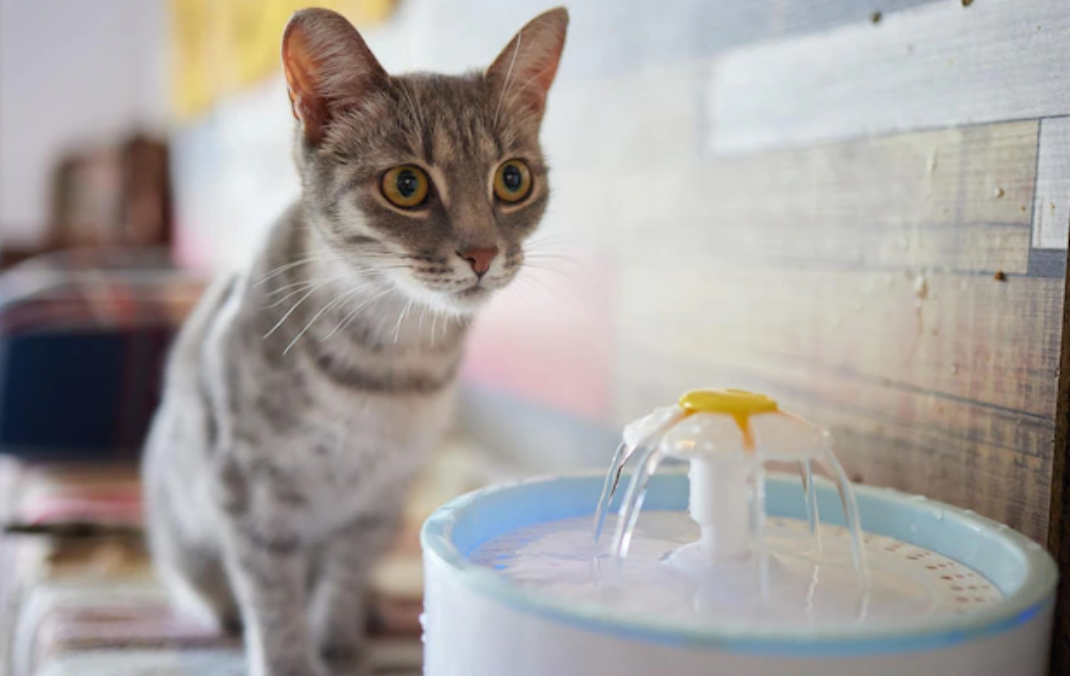
Get A Quote
Why Do Cats Put Toys in Water?Let‘s Find Out!
The fascination with cats is amplified by the enigma surrounding many of their behaviors, even for the seasoned experts. Their actions often remain a puzzle, and the inability to communicate their motivations leaves us relying on observation, experimentation, and occasional speculation. Among these curiosities is the perplexing habit of why do cats put toys in water. While the exact reasons remain elusive, several prevailing theories attempt to shed light on this mysterious behavior.
Why Do Cats Drown Their Toys?
Now, let's delve into those primal instincts.
Dr. Marci Koski, a certified feline behavior and training consultant at Feline Behavior Solutions in Vancouver, Washington, sheds light on the matter, stating, "There are some cat breeds that actually engage in drowning their prey. Tigers, for instance, have a penchant for water and may drag their prey into it." She highlights the existence of a wild breed known as the fishing cat, specializing in hunting fish and aquatic creatures. However, she reassures, "The majority of cats, including our domestic companions, aren't typically aquatic predators."
So, if they aren't attempting to submerge their toy (or prey), what's the scoop?
Beth McGonigal, CBCC, CPDT, from North Pittsburgh Animal Behavior, offers insights, suggesting that many cats, regardless of size or species, have a tendency to transport their toys to what they consider their personal turf – "where they spend the bulk of their time or a place where they feel secure." Often, this secure spot happens to be their designated feeding area.
"Most cats associate their prey-based toys with food and opt to 'collect' them near their food and water bowls," explains McGonigal.
As for the occasional plunge of these toys into the water bowl, Dr. Koski adds an intriguing twist. "Cats may even intend to drop those toys—their 'prey'—into their food bowls, but they accidentally fall into their water dishes instead." She elaborates, "And then the cat might learn that it's kind of fun. They'll think, 'This little mouse toy floats, it bounces if I hit it, and... oh my goodness, this is interesting!' It becomes a fun little game or a stimulating form of play for them—they're not necessarily trying to further 'drown' the toy."
McGonigal adds that if we, as observers, react positively, laugh, or provide attention when our cats engage in this behavior, they might be motivated to continue "drowning" their toys simply because they enjoy the response.
It's a Show-Stopper
Your feline friend found a winning act in their water-bowl theatrics because they relished the entertainment value of your reaction, whether it was positive or otherwise. Placing their toys in the water bowl became a strategic move for garnering more interaction or attention from you. It's akin to a classic feline favorite: knocking items off tables, shelves, and counters, reveling in the satisfaction of watching you retrieve them, only to repeat the process, all while maintaining direct eye contact.
It's a Heartfelt Note
With no access to birds, chipmunks, or other outdoor critters to hunt and present at your doorstep as tokens of gratitude, your indoor cat turns to toys. The next time you stumble upon a "kill" in the water bowl, consider it a heartfelt gift – a clandestine thank-you left in a place exclusively for you to discover and comprehend its significance.
Now armed with the knowledge of your cat's quirky behavior, you can relax a bit, but it might be prudent to implement some measures to prevent your cat's cherished space from transforming into an unintended flood zone.
Conclusion
why do cats put toys in water? There's no definite reason for it. There is no a Cats are great friends to us humans and they often do things in life that we can't understand. That's what we love about cats. Learn more about cats on DB PET!

